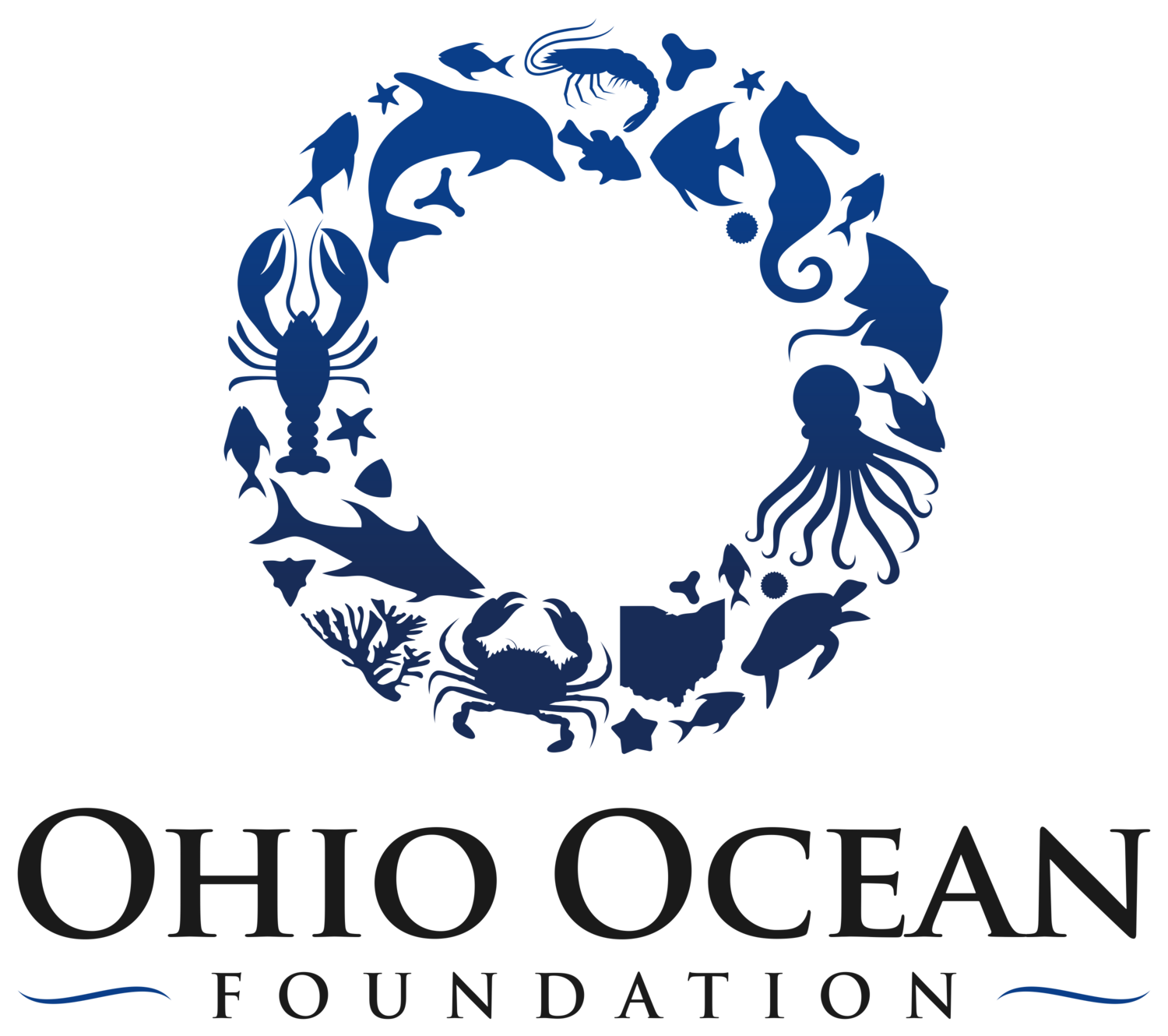
Water 101
Clean water is essential to all life on Earth.
From the snow-covered mountain tops of the world’s highest peaks to the depths of the ocean’s deepest trenches, all water connects into one global system. Although more than 95% of the world’s water is held in the ocean, the rest is a highway leading directly to the sea.
Until recently, people believed the ocean and its connected systems were too large to be impacted by human activities, which philosophy gave rise to the old phrase, “dilution is the solution to pollution.” Despite knowing how harmful pollution is for human health, this philosophy allowed us to rest easy with the notion our pollution would be safely held by an ocean too large to feel the negative effects. The first sign our actions were affecting the ocean system were seen when the Cuyahoga River caught fire in 1969, demonstrating how a concentrated amount of chemicals in one waterbody could lead to disastrous consequences in a large but confined portion of the total ocean system.
Fifty years later, the first signs of our impact on the entire ocean system are coming to light. Algal blooms in the Great Lakes and plastic pollution accumulating in waterways around the globe can be seen with the naked eye. New technology is uncovering the links between our health and chemicals, once forgotten. If we are going to protect humanity, we must understand how human health is directly linked to the ocean.
Below you will find an introduction of terms and concepts that will help you along the way to understanding how human health and ocean health are linked.
Water Pollution Basics
What is pollution?
Many industrial facilities release pollutants into local Ohio waterways as a waste byproduct. Common pollutants found in the Ohio River are mercury and nitrates. Mercury can move through the food chain and cause mercury poisoning in people, and nitrates can cause unsightly and often toxic algal blooms.
Point vs. Nonpoint source pollution
Industrial facilities typically utilize a pipe to discharge wastewater from their facility into a nearby waterway. In Ohio, these pipes are a significant form of point source pollution. Farms are common nonpoint sources of nitrogen and phosphorus pollution. When it rains or the snow melts in Ohio, the water can carry fertilizers and animal waste, composed of mostly nitrogen and phosphorus, into nearby waterways.
Plastic, a pollutant.
Plastic from Ohio flows through local waterways until it reaches either the Great Lakes or the Gulf of Mexico. Fish often mistake plastic for food, which causes toxins from plastics to enter the food chain. When we consume fish in Ohio, we are also ingesting harmful contaminants.
Harmful Algal Blooms
Severe eutrophication can cause harmful algal blooms, such as the algal bloom in Lake Erie which contaminated 400,000 Toledo, OH residents’ drinking water in 2014.
Water without oxygen
Because of the frequency of large algal blooms in Lake Erie, the area is at risk of becoming a dead-zone where no fish will survive. The Gulf of Mexico is currently home to the world’s largest dead zone, which has been caused from decades of nutrient loading into the Gulf from states all along the Mississippi and Ohio Rivers.






